
Internet of Things (IoT) - Internet of Things - is an extremely popular term in today's digital age. IoT is envisioned as an ecosystem that can enable connected technologies to link and synchronize everything with each other. To put it more clearly, the IoT is a network of 5G-enabled smart devices that uses processors, sensors and artificial intelligence to send, analyze, and operate based on data collected from the environment. operate.
.jpg)
.jpg)
.jpg)
2. Analyze customer requirements
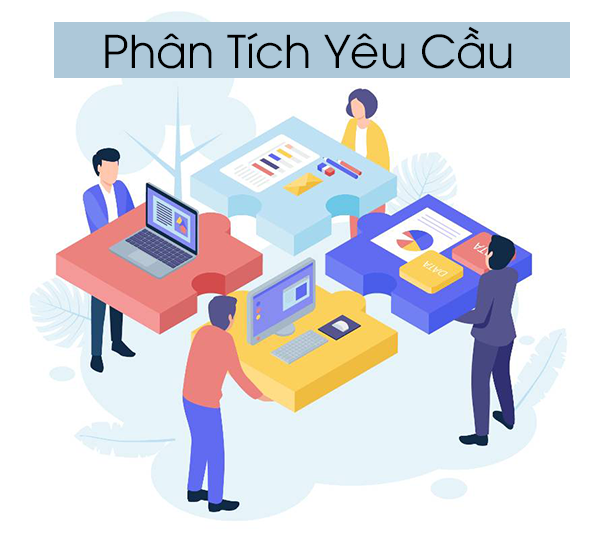
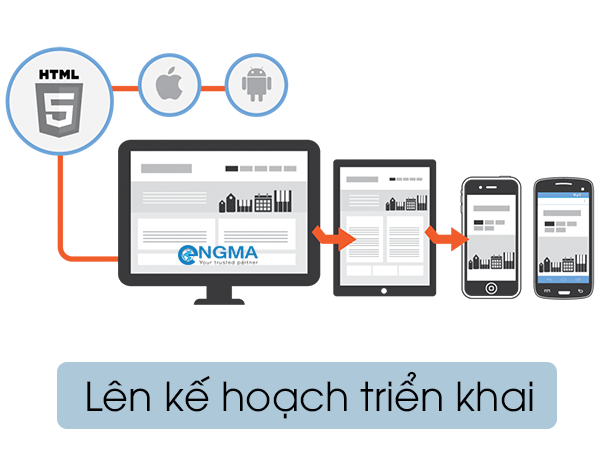
7. Deploy programming
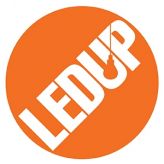
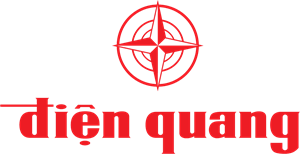

In today's business world, to face and seize opportunities in a fiercely competitive environment, effective management of business resources is extremely important. That is why enterprise resource management (ERP) software consulting services become necessary. We understand that each business is an independent unit: different cultures, different business models, different ways of operating and operating. We also understand the difficulty of changing the way of working and operating when your business is operating stably. With experience in successfully implementing more than 50 businesses of different sizes, we would like to introduce ERP Consulting Services - a reliable partner and always accompany you to the end in optimizing management. Manage your assets, business processes and information to ensure sustainable growth and maximum performance of your business.

In an era where information technology advances rapidly and continuously evolves, digital transformation becomes a critical factor in the success of businesses. Understanding and adapting to the opportunities and challenges that digitalization offers can determine your business's existence and growth in the future. Therefore, we introduce Digital Transformation Consulting Services - an opportunity for you to drive development, enhance performance, and build competitiveness in today's digital business world.
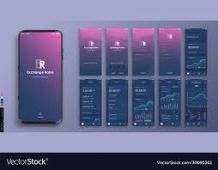
Develop mobile app as customer’s request. Customize mobile app services.
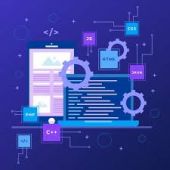
Professional Web Application Design, SEO standards, compatible with mobile devices, friendly.
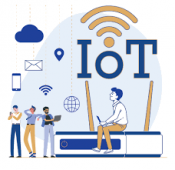
Consultant & develop the IoT system for requirement of SME.

Function test and performance test for sofware and application. Risk evaluation report for performance and operation of system.

Providing cloudVPS services, data back-up services.
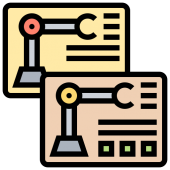
Technical support during application operation phase. Server support and customized for new requirment after laucnhing app.